Currently we find many people who separate part of their organic waste into the trash to make compost. But what is this compost?
Compost is an organic fertilizer obtained from the controlled decomposition of organic matter. caused by the feeding of different organisms found in the soil (bacteria, fungi, worms, etc.). This process is always carried out in the presence of oxygen.
The payment obtained It is called “humus” and allows maintaining soil fertility with excellent results in crop yields..
The composting process occurs at high temperatures. When soil organisms go to feed, the pile of organic matter raises its temperature until it reaches 60 and 70ºC. During the entire process, it is necessary that there be oxygen and humidity, necessary factors so that the organisms that are responsible for decomposition can live.
The high temperature values cause many organisms that could harm the crop to be eliminated as they cannot survive these values.
What are the advantages of incorporating composted fertilizer or “humus” into the soil?
- Incorporates organic matter and nutrients into the soil.
- Does not contain weed.
- Improves physical and biological characteristics.
- They give excellent performance in the cultivation of cereals, vegetables, grasses and trees.
How long does the composting process take?
The duration of the process (time that passes from when we put the organic remains until we extract the humus) It varies depending on the time of year in which we are and the quality of the organic remains that have been used..
The more balanced these remains are, the less time it will take.
The balanced food of organisms is determined by the amount of carbon (carbohydrates) and nitrogen (proteins) that the original material has. The optimal amount is that for each nitrogen (N) there are 30 carbons (C), which in other words is: the C/N ratio is 30/1.
What waste is suitable for composting?
- Garden remains: plants, leaves, fruits, flowers and herbs.
- Pruning remains.
- Manure from herbivorous animals.
- Grass.
- Kitchen scraps: fruit scraps, bones, fruit skins and peels, vegetables and greens without kitchens, coffee grounds and infusions and crushed egg shells.
- You can also add in small quantities: sawdust, untreated wood ashes, cardboard, napkins, bags and paper containers.
- It is better to avoid products such as cane, fish, milk derivatives and products that contain yeast, fats, salts or seasonings.
- What you should not add are: dog and cat feces, cigarette filters, diapers, illustrated magazines, vacuum cleaner remains, synthetic fabrics and any non-organic material.
We hope that with this post today it has become a little clearer to you why you separate organic matter and what compost is. Soon we will explain how to prepare it, what mixtures should be made and the materials to use. Do not miss it!
And did you already know what compost was? Do you currently use it as fertilizer?


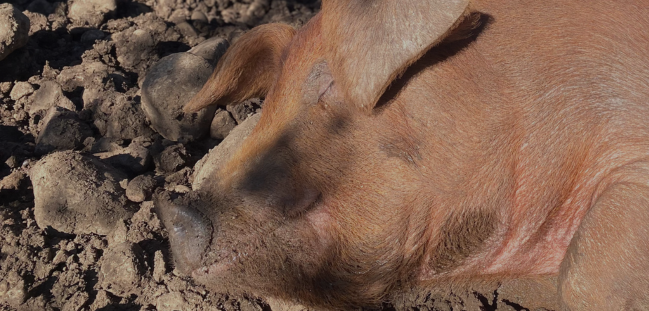
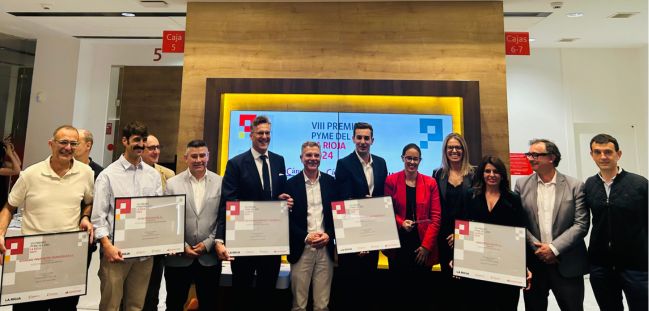
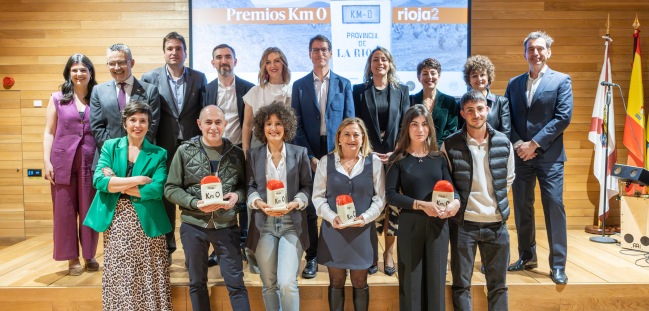
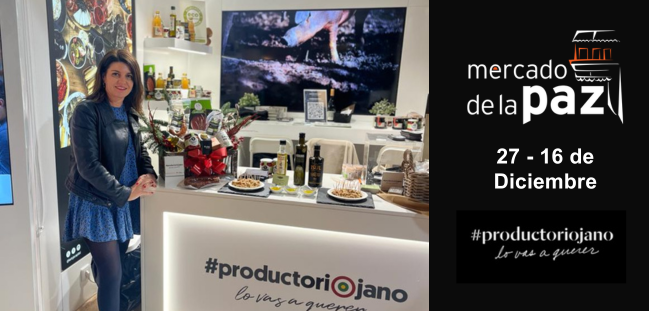
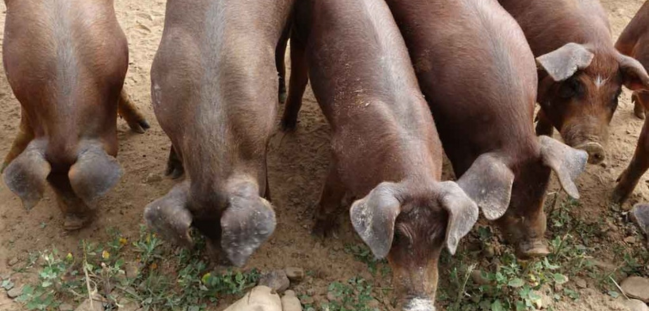
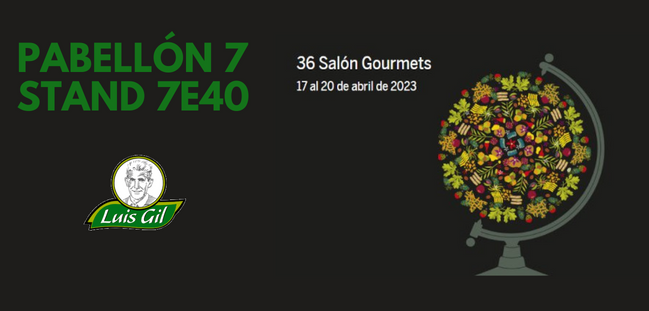
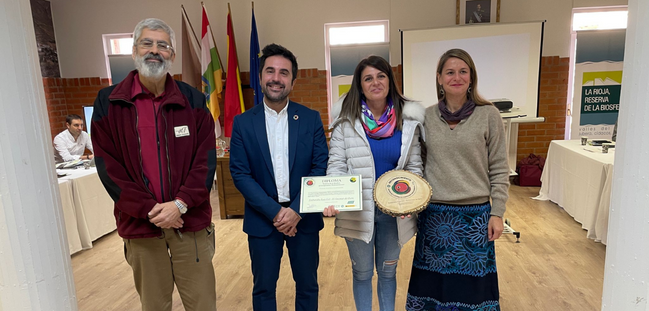
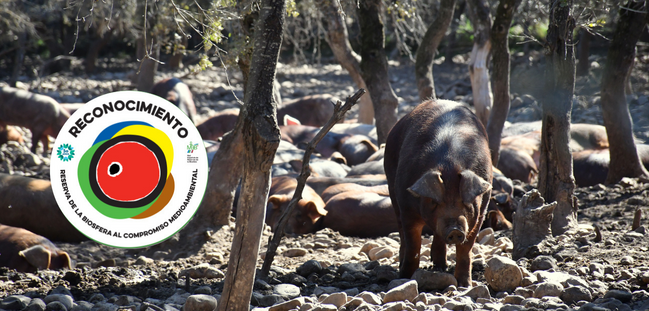
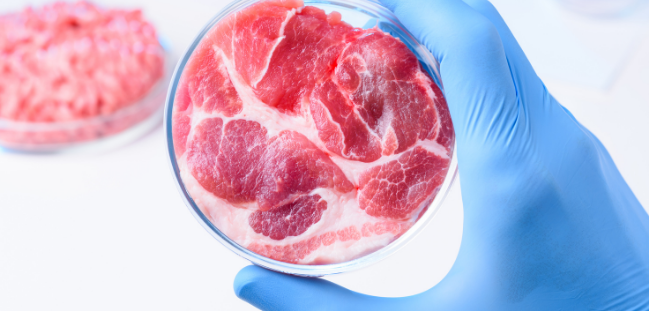
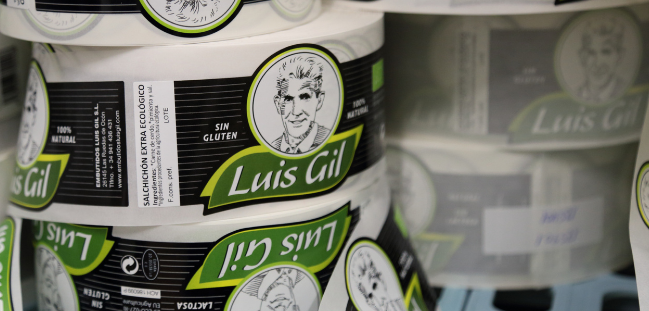
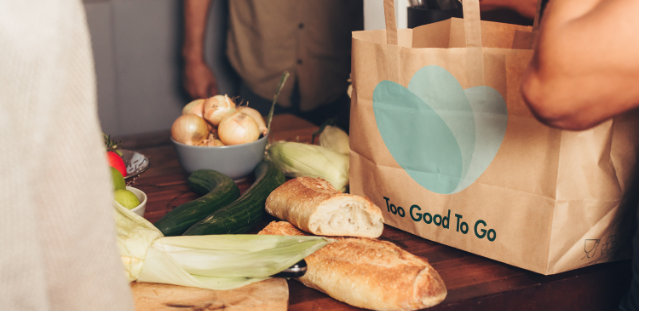



good information, thank you, it helped me a lot in doing my work.
Thanks, that's what it's about.
All the best.